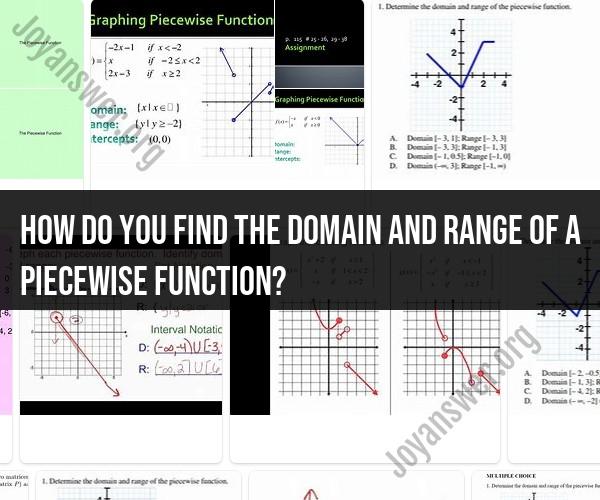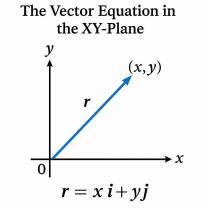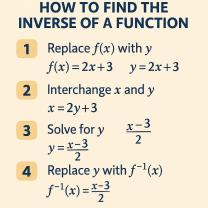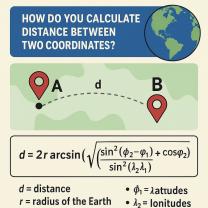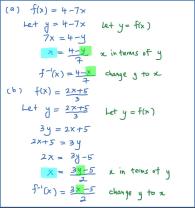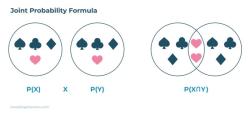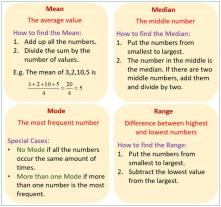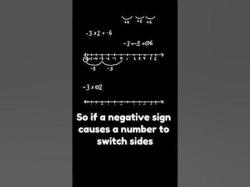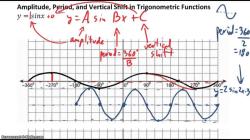How do you find the domain and range of a piecewise function?
Analyzing the domain and range of piecewise functions involves breaking down the function into its individual pieces and considering the conditions that apply to each piece. Let's go through the steps for navigating the domain and range of piecewise functions:
Step 1: Identify the Domains of Individual Pieces
For each piece of the piecewise function, determine its domain, which is the set of all possible input values (x-values) for which that piece is defined. Consider any conditions or restrictions specified for each piece.
Step 2: Combine the Domains
Combine the individual domains from step 1 to find the domain of the entire piecewise function. The domain of the entire function is the intersection of the domains of its pieces. In other words, it consists of all the x-values that are valid for each piece.
Step 3: Identify the Ranges of Individual Pieces
For each piece of the piecewise function, determine its range, which is the set of all possible output values (y-values) for that piece. Take into account any mathematical operations or constraints within each piece.
Step 4: Combine the Ranges
Combine the individual ranges from step 3 to find the range of the entire piecewise function. The range of the entire function is typically the union of the ranges of its pieces, unless there are restrictions or overlaps.
Let's illustrate these steps with an example piecewise function:
Example:
Consider the piecewise function:
f(x) = {
x^2, if x ≤ 0
2x + 1, if x > 0
}
Step 1: Identify the Domains of Individual Pieces
For the first piece,
x^2, it is defined for all real numbers since squaring any real number is valid.For the second piece,
2x + 1, it is also defined for all real numbers.
Step 2: Combine the Domains
Since both pieces are defined for all real numbers, the domain of the entire piecewise function is -∞ < x < ∞.
Step 3: Identify the Ranges of Individual Pieces
For the first piece,
x^2, the range includes all non-negative real numbers since squaring any real number gives a non-negative result (0 and positive values).For the second piece,
2x + 1, it can take any real value, so its range is all real numbers.
Step 4: Combine the Ranges
The range of the entire piecewise function is -∞ < f(x) < ∞.
By following these steps, you can navigate and analyze the domain and range of any piecewise function, taking into account the conditions and mathematical operations within each piece.
